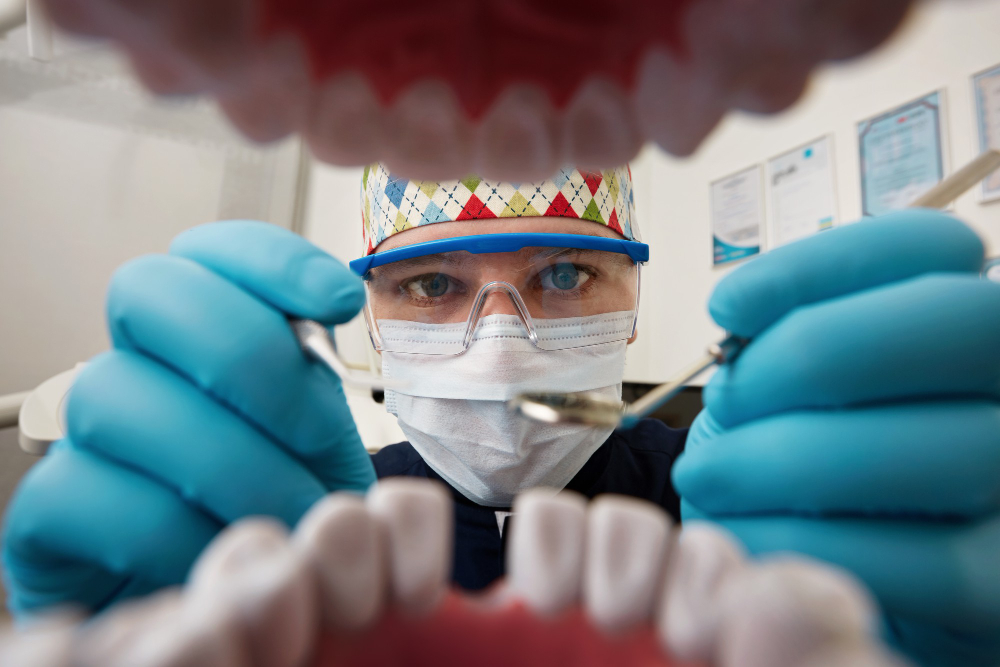
Today, dental implants are one of the most preferred treatment options for missing teeth. Offering both aesthetic and functional benefits, implants provide the closest alternative to natural teeth—improving oral health and overall quality of life. But what exactly is a dental implant, how is it applied, and who is a good candidate? Let's explore the details.
What Is a Dental Implant?
A dental implant is a small titanium screw that is surgically placed into the jawbone, acting as an artificial tooth root. A crown—made from porcelain or zirconia—is then attached to the implant, creating a natural-looking and fully functional tooth replacement.
How Is the Procedure Performed?
The dental implant process consists of several steps:
- Examination and Planning: X-rays and an oral examination are used to assess the condition of the jawbone.
- Implant Placement: The implant is inserted into the jawbone under local anesthesia.
- Healing Period (Osseointegration): The implant is left to bond with the bone over 2–3 months.
- Prosthetic Restoration: Once healing is complete, the final crown or bridge is attached to the implant.
Who Is a Good Candidate for Dental Implants?
- Individuals over the age of 18
- Patients with sufficient jawbone density
- People in good overall health
- Non-smokers or those willing to quit
Certain health conditions such as uncontrolled diabetes or osteoporosis may affect the success of the implant, so a professional dental evaluation is essential.
Benefits of Dental Implants
- Natural Appearance: Provides a realistic and aesthetic look.
- Long-Lasting: With proper care, implants can last a lifetime.
- Tooth-Friendly: Does not damage adjacent teeth, unlike traditional bridges.
- Prevents Bone Loss: Stimulates the jawbone and helps prevent bone resorption.
Aftercare: What to Watch Out For
- Avoid hot foods and beverages on the first day
- Maintain excellent oral hygiene
- Limit smoking and alcohol use
- Attend regular dental check-ups